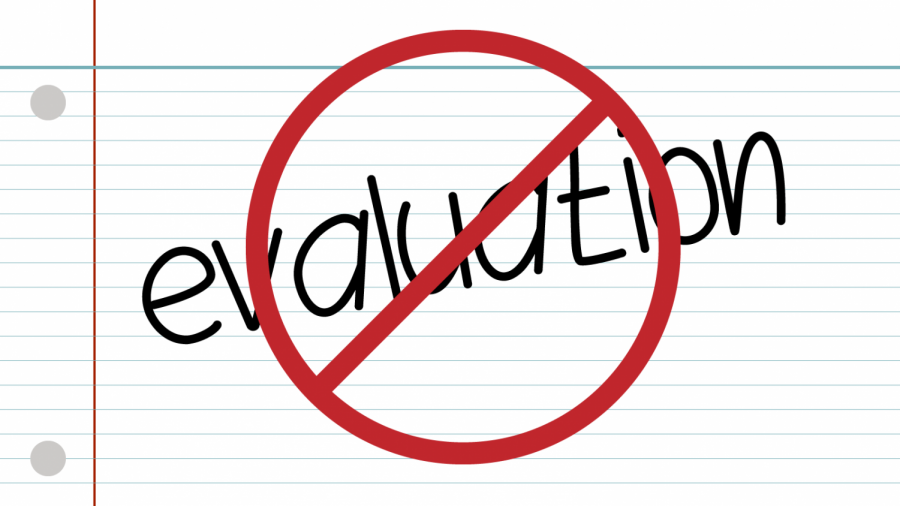EDITORIAL: Marywood has a course evaluation problem
Ever since the Office of Academic Affairs piloted the new course evaluation process in fall 2017, the return rates have been less than favorable. Photo credit: Autumn Bohner
February 18, 2020
Students, does this sounds familiar?
It is near the end of the semester. Your teacher walks into class and tells you to pull out your electronic device to complete course evaluations. They leave the room to give you privacy and then you immediately open social media and your course evaluations never get completed.
If this sounds familiar, you’re not alone.
The Office of Academic Affairs piloted a new evaluation process in fall 2017 and since then, the return rates have been less than favorable.
Half of Marywood University students did not complete their course evaluations for the fall 2019 semester. In fact, since 2018, the highest return rate has been only 54%, which occurred after the fall 2018 semester.
Students often form close relationships with their teachers and it is only fair that professors get the praise or criticism that they deserve. The issue is that the current course evaluation process is not user friendly enough to make it easy to provide the feedback.
First, the evaluations are undeniably tedious. When offering positive feedback, there are only so many nice things someone can say about a teacher. Before long, it can begin to feel like you’ve written the same thing multiple times. For students that don’t feel as though the class left an impression on them, taking the time to fill the evaluation out may not seem worth it to them even if it isn’t necessarily hard work.
Another problem is that students tend to use the evaluations as a payback tool after going through a semester with a teacher they don’t like. This is a huge problem considering professors rely on these to be assessed by their superiors. Who is to say that a certain professor isn’t actually a great educator, but a couple of dishonest students left nasty evaluations because they weren’t ready for the workload?
Not to mention, evaluation bias is a real thing. Factors such as gender, race and whether or not the teacher is tenured have all been proven to play a factor in the way students fill out evaluations. Students’ focus is moving off the actual teaching and more on to things that are irrelevant to the evaluation’s purpose.
If administrators want students to complete course evaluations, they should also make them easier to access. They are buried behind many different links and tabs and instructions on how to complete them do not exist. Some students don’t even want to bothered going through all of that trouble just to complete the same course evaluation over and over. It’s 2020. It should really be as simple as clicking a link and beginning to fill out the form.
For the students that are taking the time to do the evaluations, it seems as though their voices don’t even matter. It can be frustrating to complete glowing assessments of a professor they admire only to find out their contract hasn’t been renewed the following semester.
The bottom line of this whole situation is that students know that if they don’t complete their evaluations, it doesn’t matter. There is no accountability. If administrators really want students to do course evaluations, give a reason to do them.
A quick Google search will show that withholding grades until students complete their evaluations is a commonly used practice among colleges and universities.
If administrators do not want to make course evaluations punitive, why not offer incentives for completing them instead? Perhaps some small incentive like allowing students see their grades early or offering different fun campus events to students if they can prove they’ve completed them will raise the returns.
The course evaluation issue is one that is not easily solved, but something needs to be done unless a 50% return rate is acceptable. The new evaluation system had its chance, but it is time to move on.
Until administrators give students a reason to complete their course evaluations, expect return rates like this to continue.





